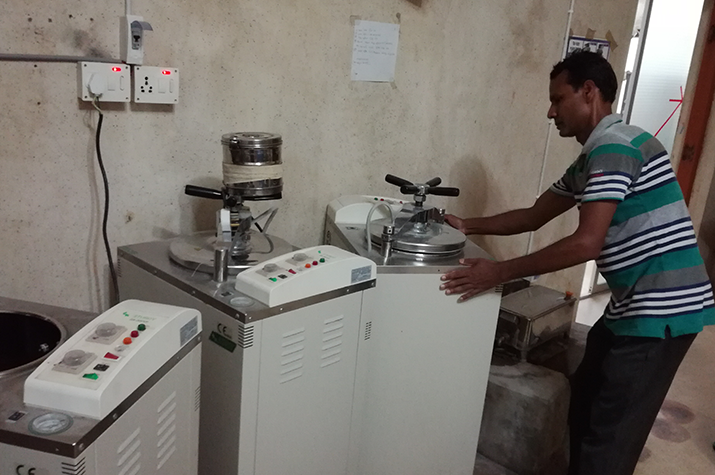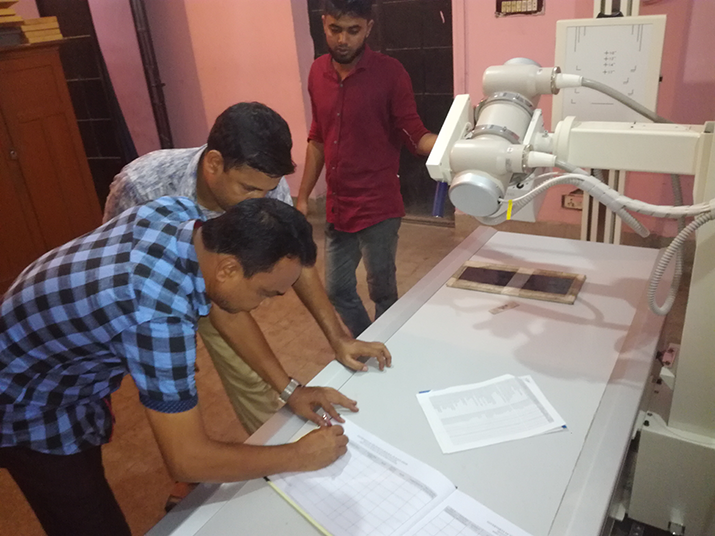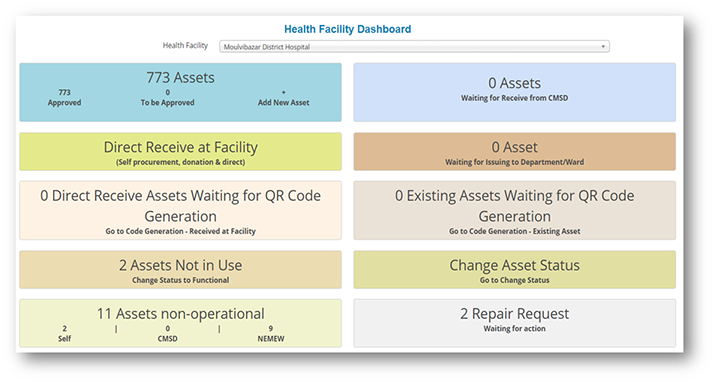New Tool to Boost Efficient Equipment Use in Bangladesh Hospitals
New Tool to Boost Efficient Equipment Use in Bangladesh Hospitals
By Dr. Zubayer Hussain, Senior Manager, MTaPS Program
This story was originally published on the MTaPS Program website

The hospital in Bangladesh does not lack for new equipment. It has a shiny new machine to deliver anesthesia, for one, and a state-of-the-art x-ray machine. There’s one catch: Much of the equipment lies unused. The anesthesia equipment is still in its original packaging.
In fact, half of all medical equipment in Bangladesh’s public health facilities—hospital beds, ventilators, nebulizers, air conditioners, refrigerators, and vehicles—goes unused. Some 17% of this is in working condition; the rest is either not installed or in disrepair. Facility managers are often unable to keep track of their inventory and what equipment needs work. And yet, centrally procured and donated equipment keeps coming in.
USAID MTaPS is collaborating with Bangladesh’s Ministry of Health and Family Welfare (MoHFW) on a solution to better manage hospital assets. Among other activities in the country, the program is using integrated, innovative, and sustainable strategies to strengthen the country’s management of medicines, technologies, and related pharmaceutical services; eliminate medicine stock-outs and shortages; ensure their quality and affordability; and promote their appropriate use. Part of this effort is the development and roll-out of a new centralized, web-based electronic Asset Management System (eAMS) for deploying and managing health facility assets. The tool, which was requested by the World Bank and funded by USAID, is integrated with the MoHFW’s Supply Chain Management Portal (SCMP).
An Integrated Asset Management Information System
Using the eAMS, hospital facility managers are able to track the functional status of equipment, take action for repairs, decommission equipment, and allocate it to other facilities, thereby reducing unnecessary purchases and donations. By being integrated with the SCMP, the eAMS will also help ensure that the MoHFW and other stakeholders carry out accurate and cost-effective forecasting and procurement in a timely manner. The tool will save money and promote patient access to the diagnoses and treatments they need, when they need them.

Prior to using eAMS, hospitals complete a manual master registry of all assets. Once in the eAMS, the items are electronically linked to the national Table of Equipment, which is a national guideline for planning and standardizing medical equipment in health facilities.

The system has already created substantial demand across the MoHFW and key development partners/stakeholders to effectively manage resources, particularly medical equipment. The team has rolled out the eAMS to 12 district hospitals and will take it nationwide by June 2020 while also working to train users and establish a culture of evidence-based decision making.